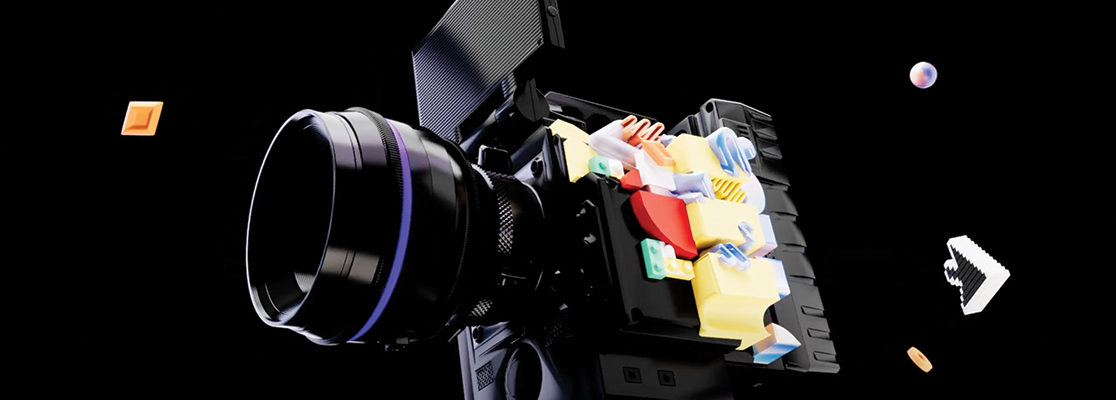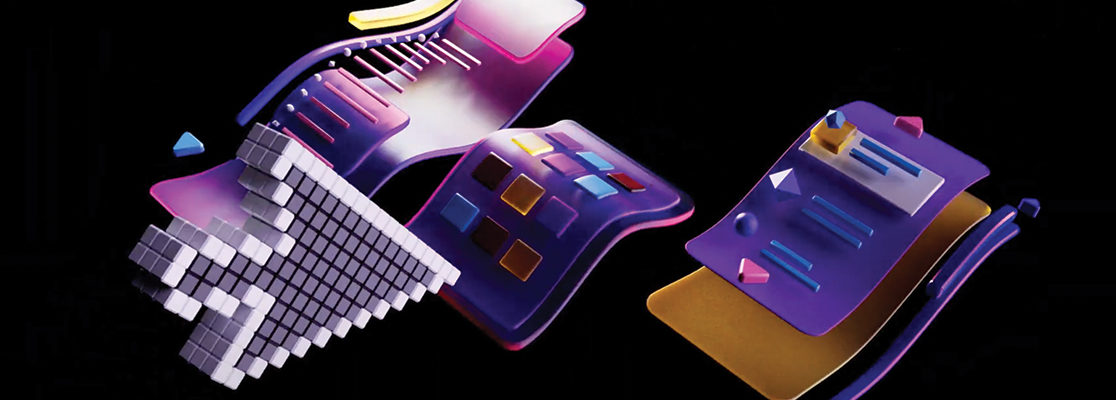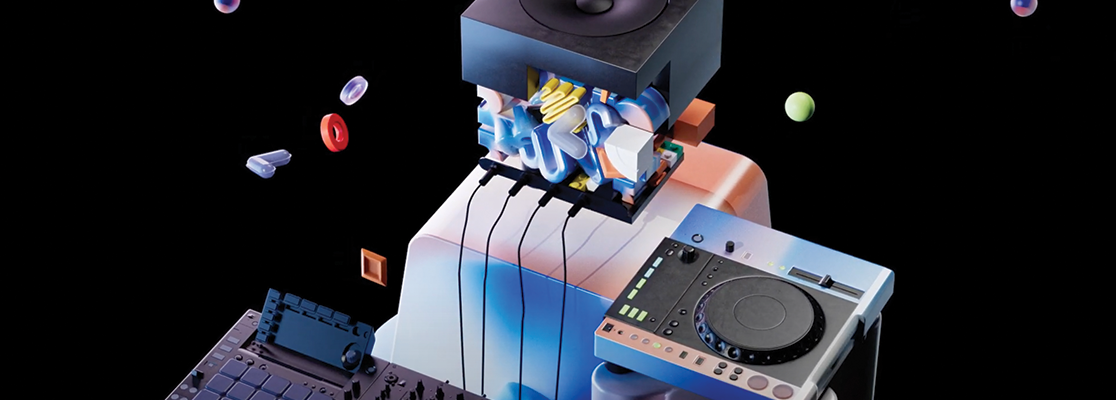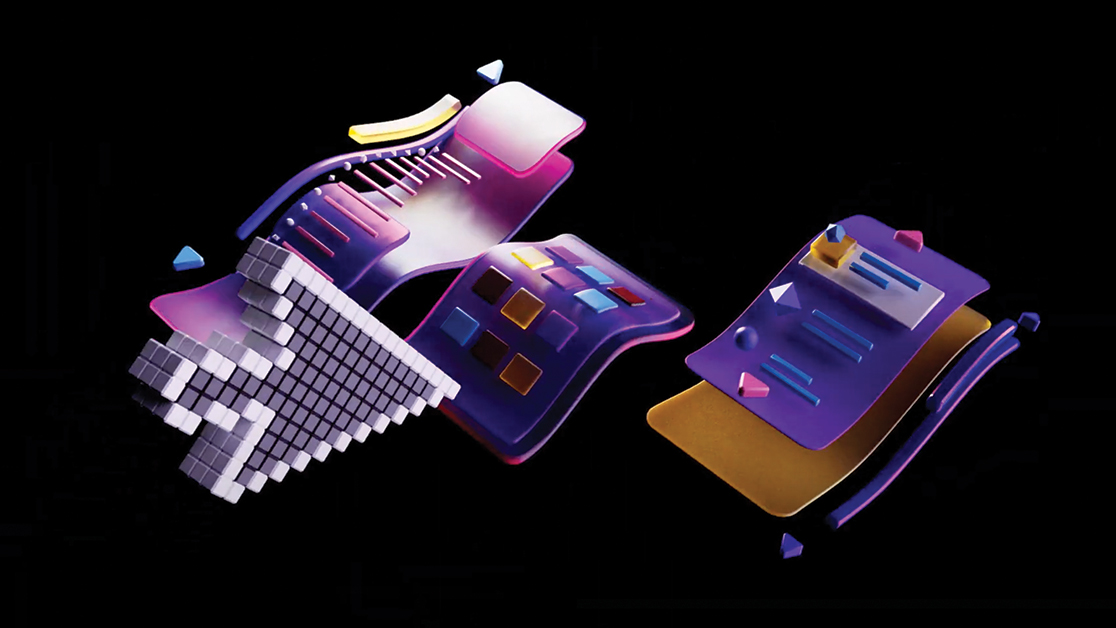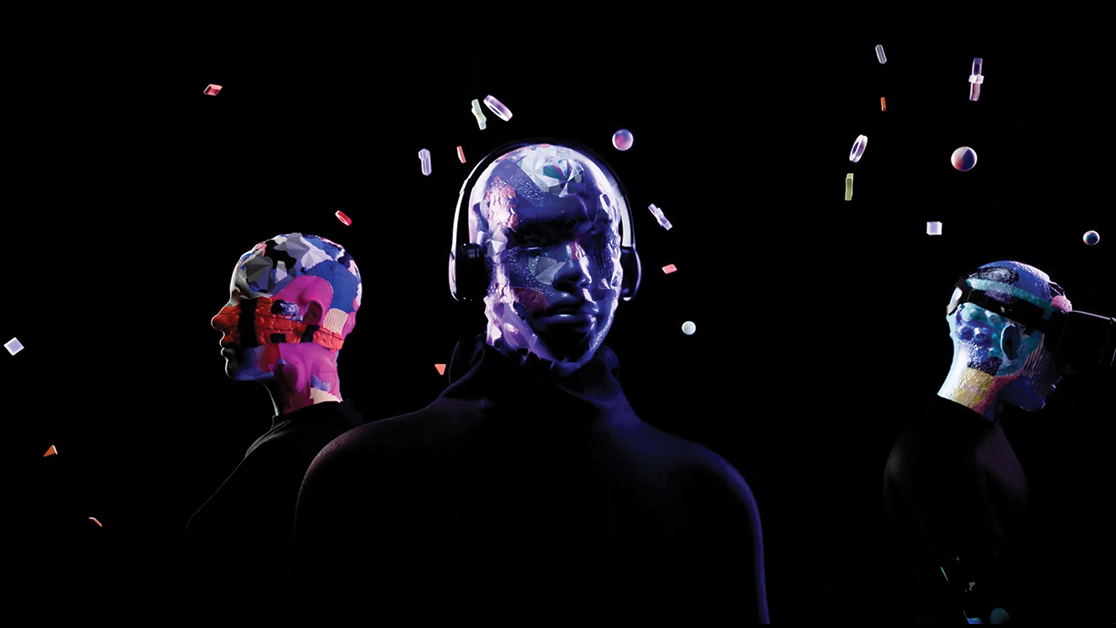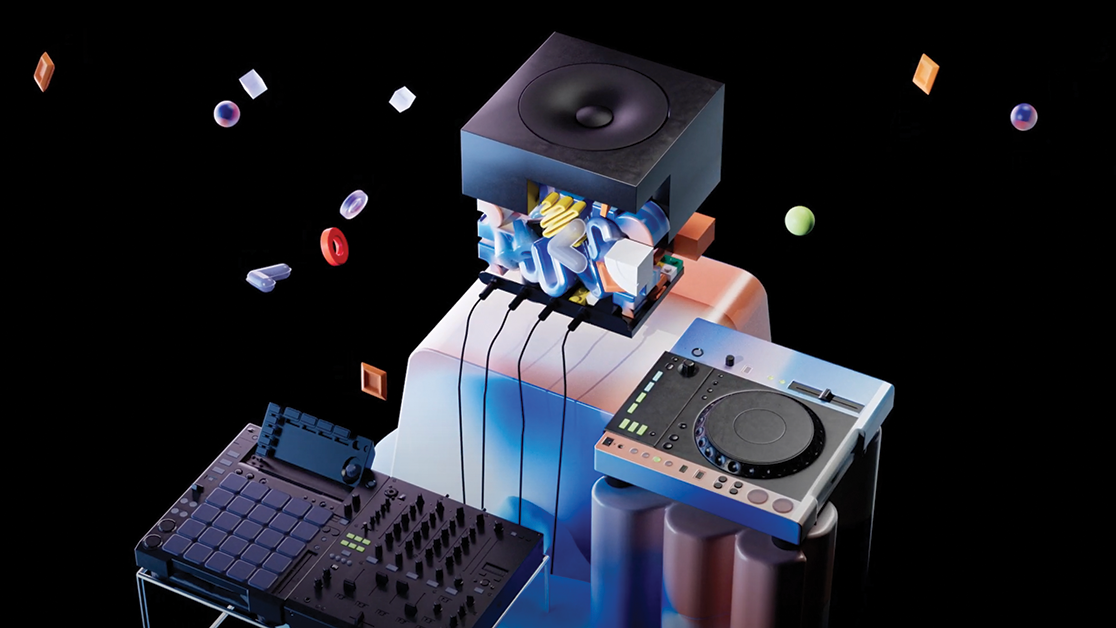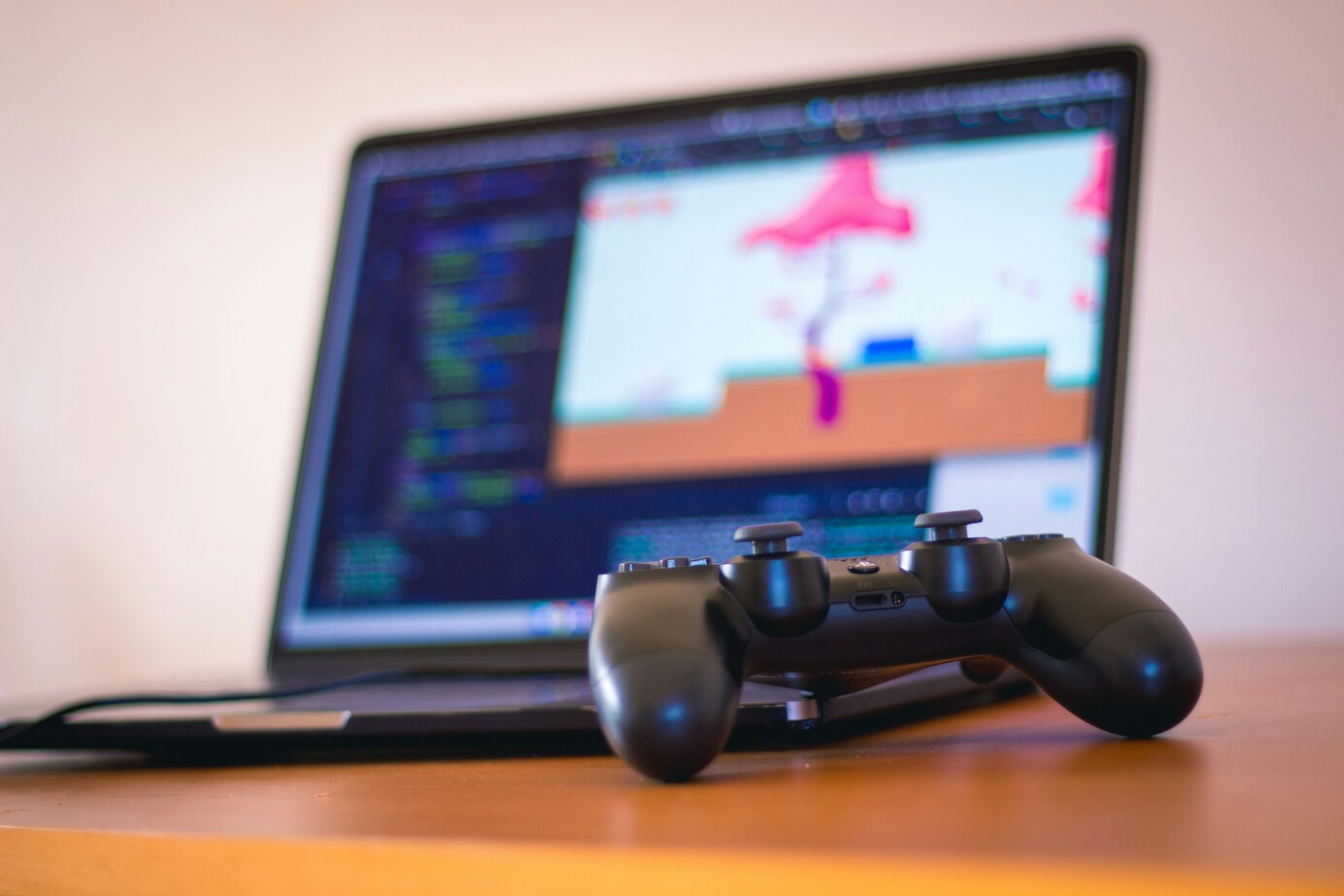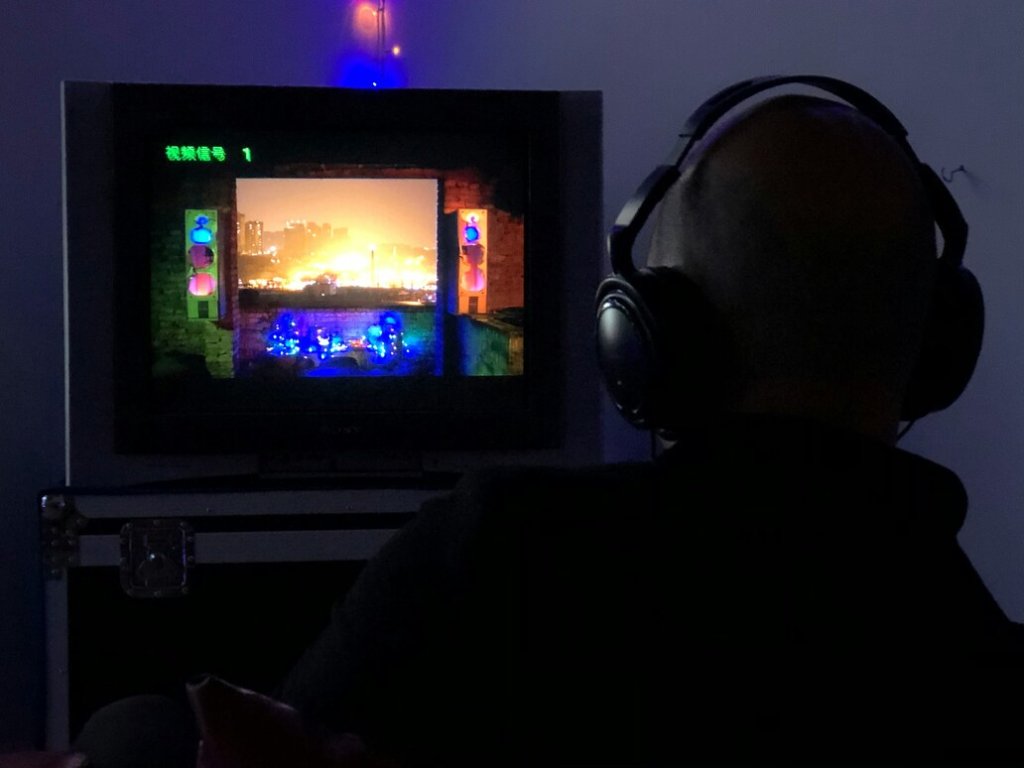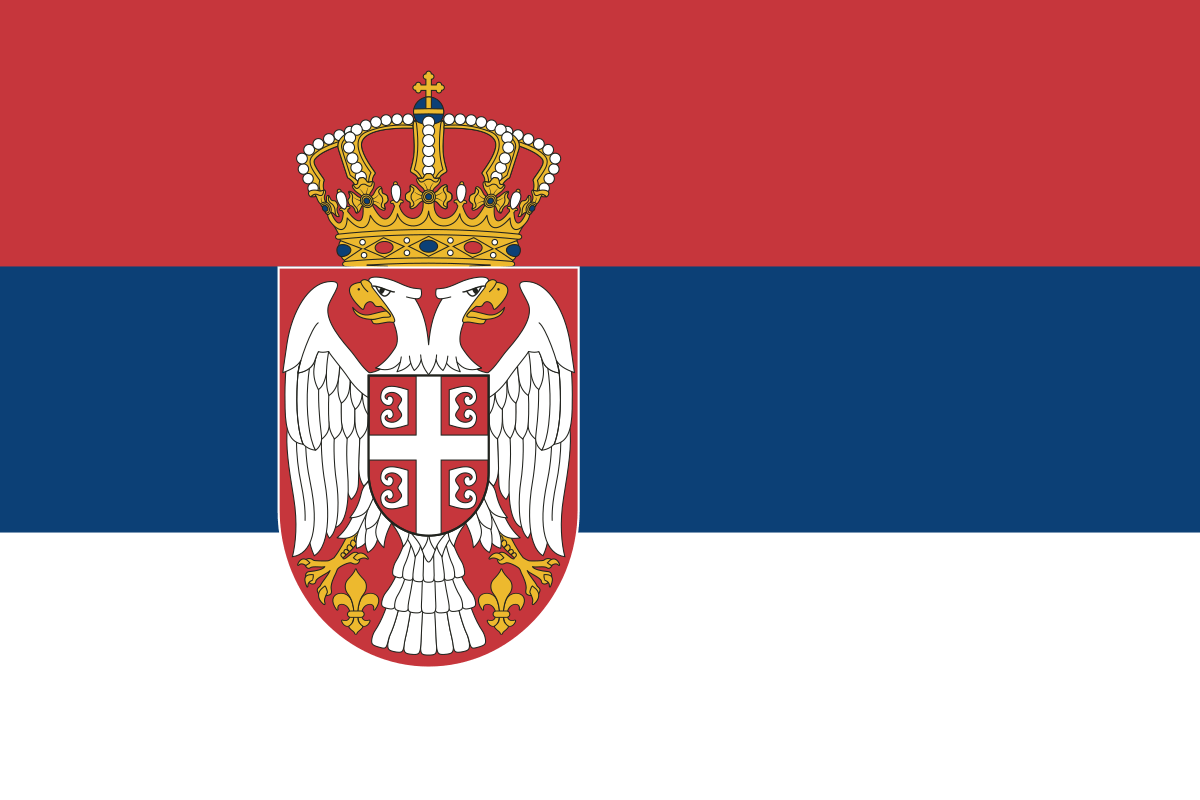The interplay between creativity and technology is at the crux of honing video game development skills.
Of course, bold ideas are important for game developers and it’s this which can lead to authentic, immersive and innovative features within a development team’s work. But if the development tools and processes are not in place to make the gameplay mechanics become a reality, then the original vision (and a successful game) will fail to materialise.
Achieving the game balance between a creative vision and technical limitations requires constant collaboration between artists and technologists. Fostering open communication will ensure that the visual elements and narrative ambitions of the game are supported by robust and flexible technology and lead to cross disciplinary collaboration. This results in a blend of creativity with innovative mechanics that will hopefully create a satisfying gaming experience capable of meeting, even exceeding player expectations.
Our article explores the different kinds of challenges developers face when navigating this balance, strategies to foster creative video game development skills and some of the most effective ways of embracing constraints.
Interested in studying a course with us? Then contact our team now.
Creativity and technicalities in game design
The game design process is full of creatives who have a deep understanding of building worlds, crafting stories, and pushing the boundaries of what’s possible in entire games.
However, alongside creative solutions and new mechanics of gameplay, many developers also need to think about the business side of the game development process. This involves staying on budget, hitting milestones, and ultimately delivering a game that not only excites gamers but also meets financial expectations. It’s only by finding an answer to the equation of creativity vs commerce that the collaborative process can continue into future projects.
More than a third of respondents in the 2024 State of Game Technology Report revealed that funding is their biggest challenge to the creative process in video game development. In response, the UK Government has launched a new £30m fund to counter these concerns as part of a pledge to support British game development.
Essentially, making games involves a constant push and pull between business objectives and coming up with elegant solutions to enhance player engagement. For this to be a success, developers need to ensure the vision draws on these different factors to bring a game to life.
What game design constraints do game designers experience
Those working in game development will often experience a range of challenges. These project management constraints will come when trying to balance a vision with the technical reality of developing a game to specific deadlines.
These constraints include:
Technical
The limits set by the technical capabilities of the internal engine and the skills of the professionals involved in the process can shape the scope and execution of creative ideas.
Time
This is one of the biggest challenges when trying to deliver a final product. With many games, even big budget hits such as the latest in the Grand Theft Auto franchise, the release date can often be moved back in order for teams to refine features or different design elements.
Pre-existing game systems/design
A big challenge for some developers when working on games is blending different disciplines. This includes integrating new ideas with existing mechanics and frameworks to maintain consistency with functionality.
Essential strategies to navigate constraints
There are different ways to balance game design constraints and game mechanics to create gaming experiences that not only tap into emerging technologies but also market trends.
Here are some key strategies that can help bring together what some consider as contrasting worlds to find the sweet spot for video gaming development success.
Prioritise core mechanics
To begin with, developers must focus on the most critical elements of gameplay rather than attempting to master too many different features. This can ensure a smooth experience and provide a solid foundation for a more creative and expansive gaming experience to be realised at a later part of the process.
Rank features
Once a game’s core features are locked in, then the rest can be ranked by how much they contribute to the core experience. This helps ensure that the most impactful non-essential features are prioritised next, while less critical ones can be pushed even further down the task list.
Adopt iterative and adaptive management
Since creative projects such as games can be difficult to fully plan from the outset, developers can instead use a management process that allows for adjustment and updates as the game evolves.
The reality of adopting this process involves setting qualitative, short-term goals that can be refined as development progresses. Employ a design process with frequent testing and balancing to refine gameplay and difficulty alongside gaining iterative feedback throughout. Regular testing of the gaming experience can help identify and address technical issues early on in the process.
Leverage existing tools
Developers can utilise existing game engines and assets to streamline development without sacrificing creativity. Use pre-built, well-tested systems for things like UI, layouts, and interaction patterns.
This saves development time and resources, freeing up the team for more creative tasks. It also helps create more intuitive experiences for players who expect certain patterns from their gameplay experuence.
Check in with teams
As a designer or director, regularly check in with your technical team so they understand what is part of their work load and what is not. By having clearly defined roles and tasks, all participants in the creative process will know what is expected of them and when. This can also be an effective way of tacking any scope creep too.
Open Communication
If channels of communication are open and all project management documents easily accessible, then teams can discuss both creative ideas and their practical implications early on. For instance, if a proposed visual effect could delay the timeline, this should be openly addressed, allowing the team to weigh its worth to the final product against the project’s constraints.
Limits can fuel creativity
Ultimately, technical constraints and rules should not be viewed as blocks but as opportunities for developers to think differently and find clever solutions.
Instead of fighting them, look for ways to work with them, and come up with often gaming fresh mechanics or player experiences in the process. Good luck!
STUDY games at SAE
Whether you want to study Games Programming, Game Design or Game Art and Animation, our Gaming faculty has an array of courses to suit you and your ambitions.
Our state-of-the-art facilities and expert tutors are well placed to give your career the best possible start in exciting and creative sector.


